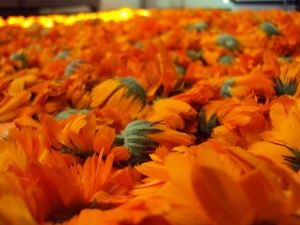
Cold herb drying and constitutional water recuperation
Let’s discover some information about the drying plants and the various dehydration systems available.
In the final stage, a focus on the constitutional waters extracted by the cold drying systems we use.
The term drug, etymologically linked to the Dutch word “droog”, identifies a dried and storable vegetable.
Drying is therefore a substantial phase in the production of herbs and determines certain characteristics that differentiate the product from the fresh plant.
In fact, drying involves significant chemical and physical changes to the plant tissue.
The fresh plant is stabilised through drying, the purpose of which is to block the enzymatic degradation processes that affect the plant tissue from the first moments after cutting.
1 AIR DRYING:
Air drying: simple and economical. If it is done well, it preserves the components of the plants in the best possible way, even if it takes a long time and depends on weather conditions. It must always take place in the dark or at least in the shade. It is the most widespread system in the world.
Fresh herbs are placed on nets in a warm, airy place. This drying system is usually adopted where there are favourable climatic conditions with dry air, constant ventilation and few rainy days.
2 FORCED HOT AIR DRYING: HOT HERB DRYER
Drying in a dryer: fast, efficient, preserves the characteristics of the product if done in an optimal way. It is expensive and “anti-ecological” and requires considerable investment. Temperatures for most aromatic plants must not exceed 45°C in the mass. A fan, connected to a gas or oil burner, heats the air, which is blown under a grid on which the drying plant mass is placed.
3 OPEN-CELL COLD DRYING ADOPTED BY VALVERBE
Cold drying is a system in which the process air is dehydrated without the use of heat as in traditional drying.
The air is “dried” using systems that do not significantly raise the temperature of the air and therefore also of the grass being dried.
This drying process was developed in the pharmaceutical and haymaking sectors and later applied to the herb sector. It has existed in Switzerland for decades and was adopted by us about 15 years ago by importing two plants from Switzerland and then replicating them with some improvements with an Italian team of technicians.
The machine works on the principle of Carnot’s machine, which is the basis of many domestic devices such as the air conditioner and refrigerator.
A compressor acts on a gas enclosed in a double circuit of tubes and is liquefied in one part of the circuit and gasifies in another part in continuous cycles.
The circuit in which the gas expands cools more and more, and the cold is used to lower the air temperature and reduce humidity.
The air is used in a completely closed cycle and the operating temperatures are between 34 and 42 degrees.
Download Cold Drying plant data sheet: click here.
Advantages
- Perfect colour retention
- Excellent retention of aromatic substances
- Low operating costs due to higher energy efficiency
- Zero emissions if the plant, as in our case, is powered by solar energy.
- Vegetation water recovery: also known as cellular constitutional water.
CELLULAR CONSTITUTIONAL WATER FROM COLD DRYING
With this drying system, heat pump, for every 100 kg of dried grass we get 65 to 80 kg of water from the plant.
This by-product caught our attention and we started to evaluate its chemical and physical characteristics.
Analysis revealed the nature of a cold ‘distilled’ water, particularly pure but with many ‘traces’ of the mother plant.
These characteristics make it a very interesting ingredient for the preparation of supplements and cosmetics in which water is a key ingredient (almost all of them).
Through the process of cold dehydration of fresh organic herbs we are able to recover the constitutional water fraction in a highly conservative way.
For every 100 kg of dried herb, we obtain 65 to 80 kg of water from the plant.
This water contained within the plant tissues is pure distilled water, in which the traces of the many useful substances of the mother plant are imprinted. Essential oils, trace minerals and active ingredients are present in reduced but detectable quantities. Analyses carried out in university research laboratories have revealed the presence of these active ingredients.
In contrast to hydrolates (obtained by steam distillation), these waters have not undergone the process of vaporization at high temperatures and therefore the active constituents do not suffer any deterioration.
These waters are a simple yet innovative ingredient that can be used for both oral and cosmetic preparations:
- extraction solvent of the same plants from which the waters are obtained in such a way as to obtain the ‘phytocomplex’ of the extracted plant
- hydroalcoholic extracts,
- glyceric waxes,
- syrups
- non-alcoholic preparations
- aqueous phase of cosmetics
- lotions
- Intimate cleansers
- Adhesives
Are you looking for a drying plant for your company? click on the site and discover the offers: https://www.windryer.com
Here some companies that work with us using our constitutional waters:
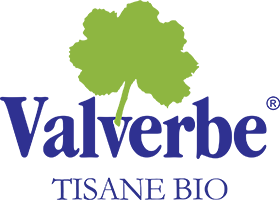


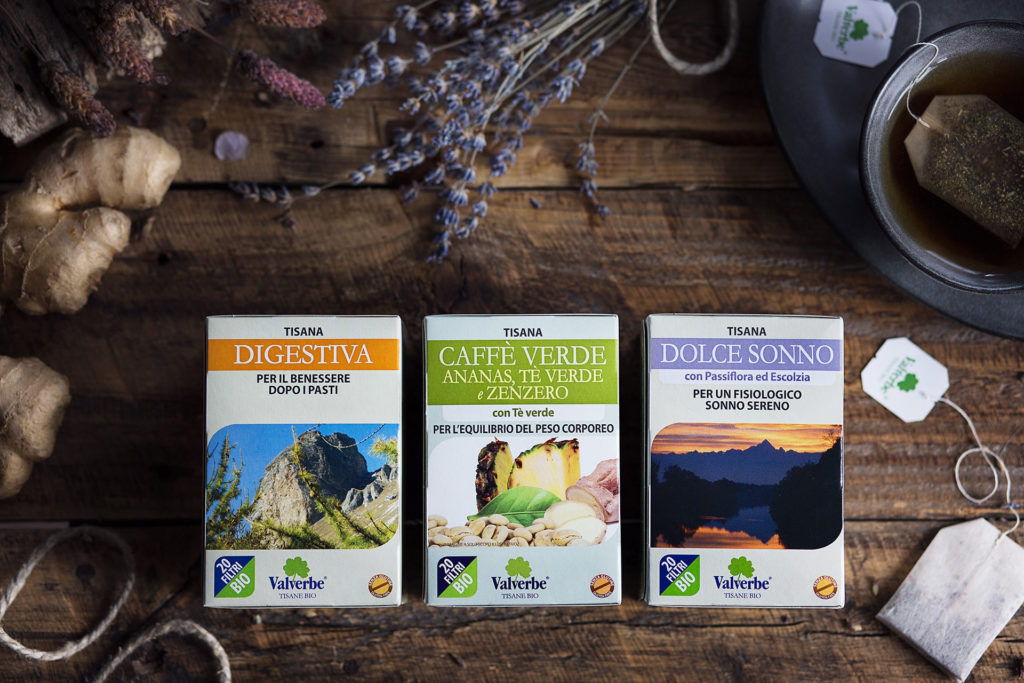
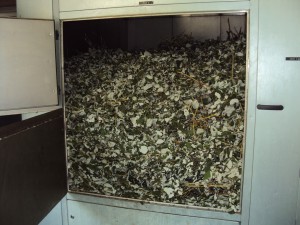
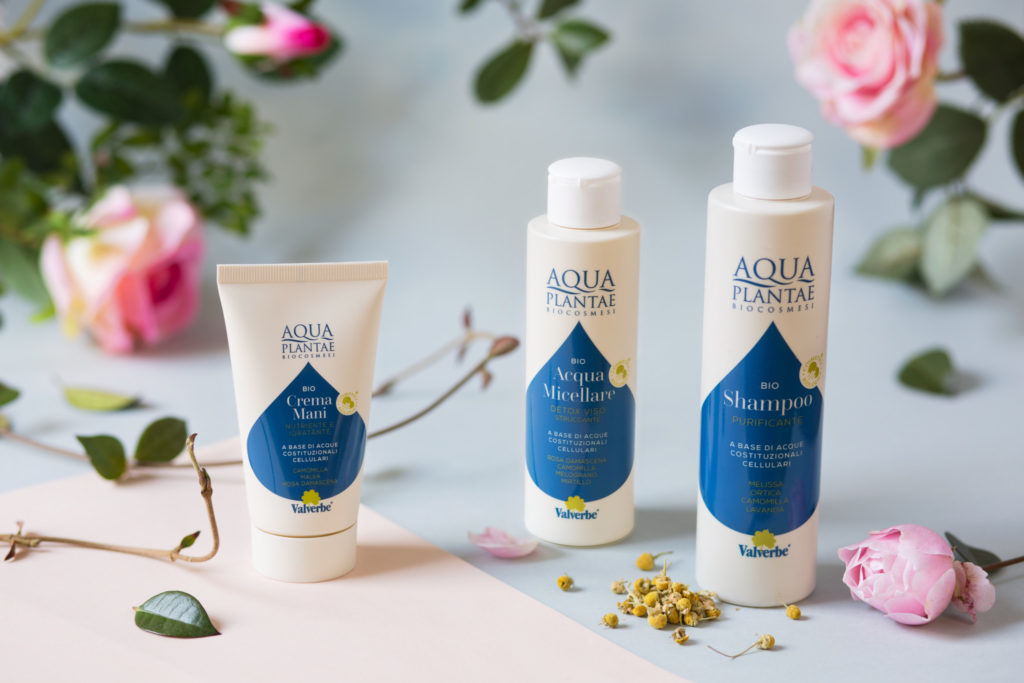
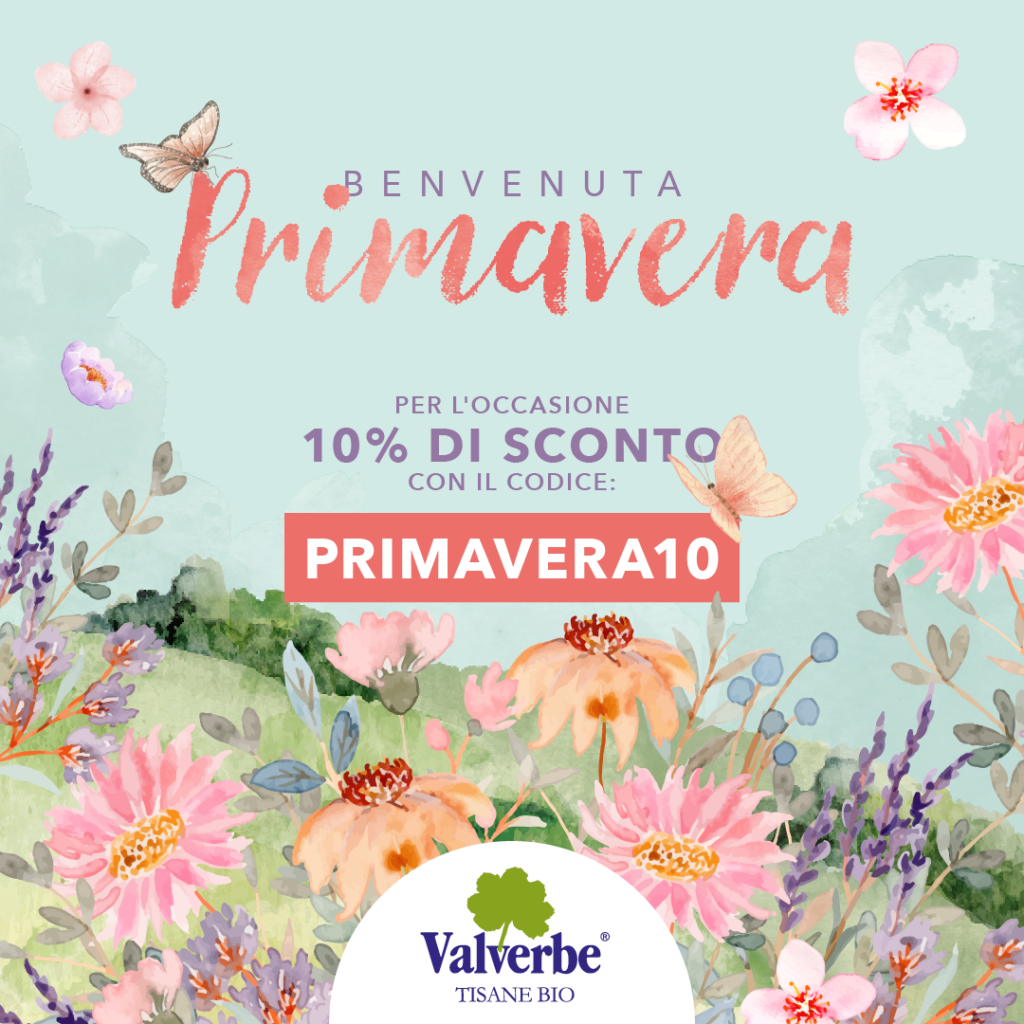
No Comments